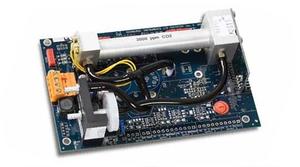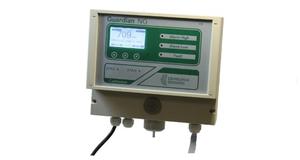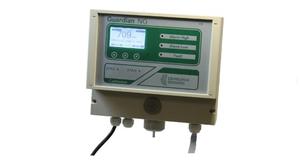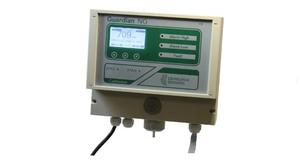Methane (CH4) is a gas with a Global Potential Warming value, i.e. with a contribution to the greenhouse effect compared to CO2, 25 times higher than carbon dioxide. Each country must detect the quantities of methane emitted and reduce them always more over the years.
Globally, the dairy sector is estimated to contribute approximately 4% of anthropogenic greenhouse gas emissions. Methane is the main gas that causes this value. Its emissions are due to the decomposition of manure or the digestion of ruminant animals. In particular, between 60 and 100% of the emissions, are generated inside the rumen of the cows, the organ of the digestive system, during the microbial fermentation phase of the nourishment raw materials.
The measure on farms is often complicated and the methods indicated by the control bodies have different limits in the application. The use of respiration chambers is the reference model. It is considered the flow of gas and the change in its composition between entry and exit from the chamber, but in doing so the animal is isolated for several days, the procedure is long and its feeding habits may be subject to changes.
The application of an infrared analyzer for CH4 of Edinburgh Sensors within the farm has been identified as a reliable and non-invasive measure for the collection of data regarding the emissions and yield of the animal.
An analyser model GUARDIAN for each feeder is connected directly to it inside the farm. Inside, air samples are continuously pumped at 1L / min. This occurs during the milking phase and simultaneously with the animal's nourishment, which begins the digestion phase by releasing CH4 from the mouth. The values are reliable and repeatable thanks to the frequency with which milking is carried out: from 3 to 6 times a day.
From the measurements, it is possible to extrapolate fundamental values like the emission rate during each milking. The results are then analysed and adjusted on the basis of various factors such as temperature and possible dispersion.
Through the relationship of the data with those obtained from the same type of measurements, but with the use of respiration chambers, different diets or food habits, it is noted that it is possible to obtain a lower rate of methane emission with the same level of milk, which can be translated into a better cow yield.
The measurement carried out directly on the farm provides low-cost information regarding the emissions of the individual cow, the identification of those with a lower rate and the implementation of strategies to mitigate the emission of methane.
To reduce the emission rate, there are many factors to consider, including environment and food. Thanks to the measurement data, it is possible to study different types of feed and identify those that, within the rumen of the cow, favor a lower production of CH4.
Starting from these values, foundations are lay to develop genetic improvement strategies, for example through coupling, to make future generations more efficient and present an organism predisposed to lower gas emissions.
The reliability of the GUARDIAN analyzer and its flexibility of use have made possible a complete, precise and non-invasive study in this important sector.
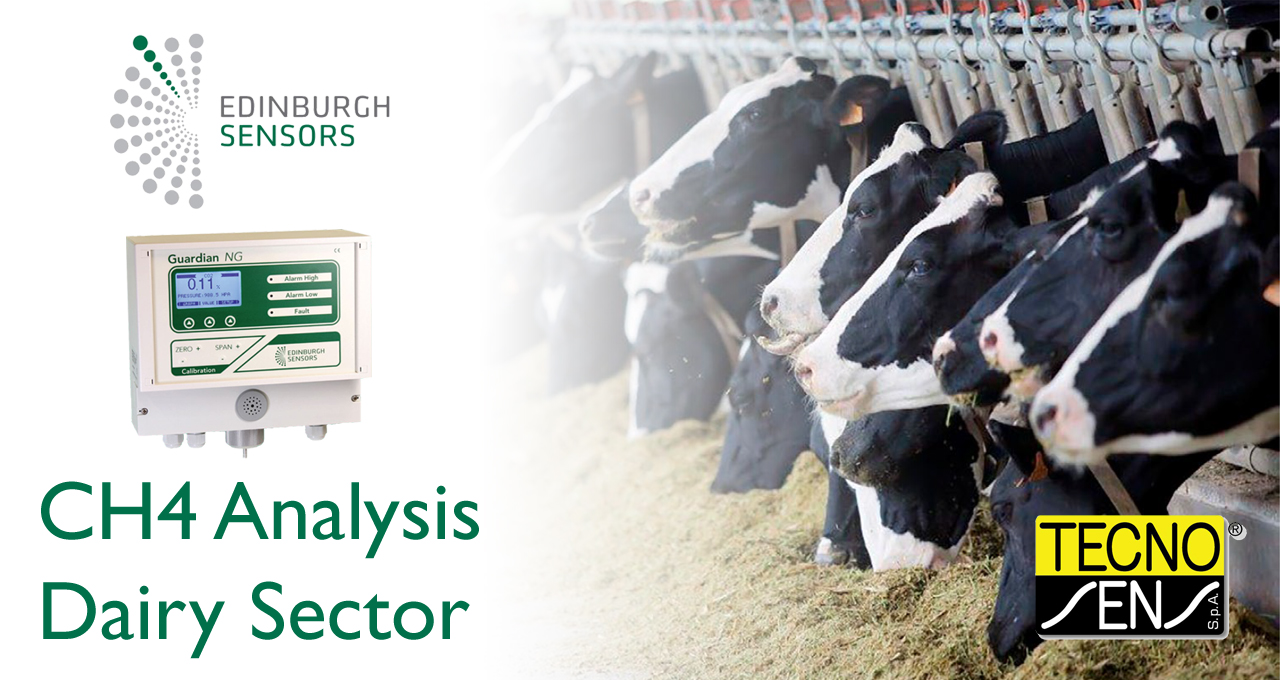
CH4 monitoring – Dairy farm
CH4 monitoring – Dairy farm
GUARDIAN NG - Gascard for CH4 measuring
